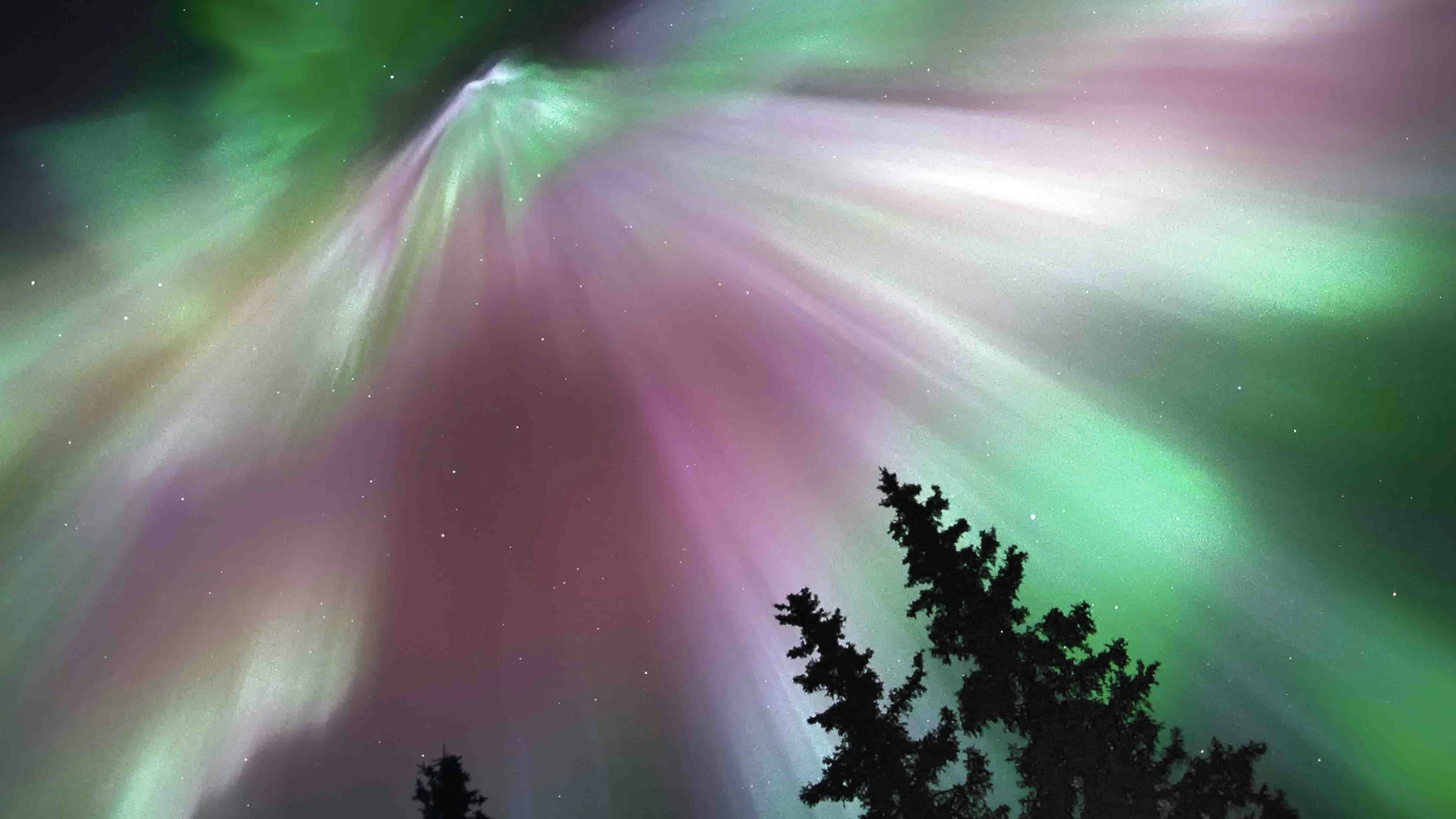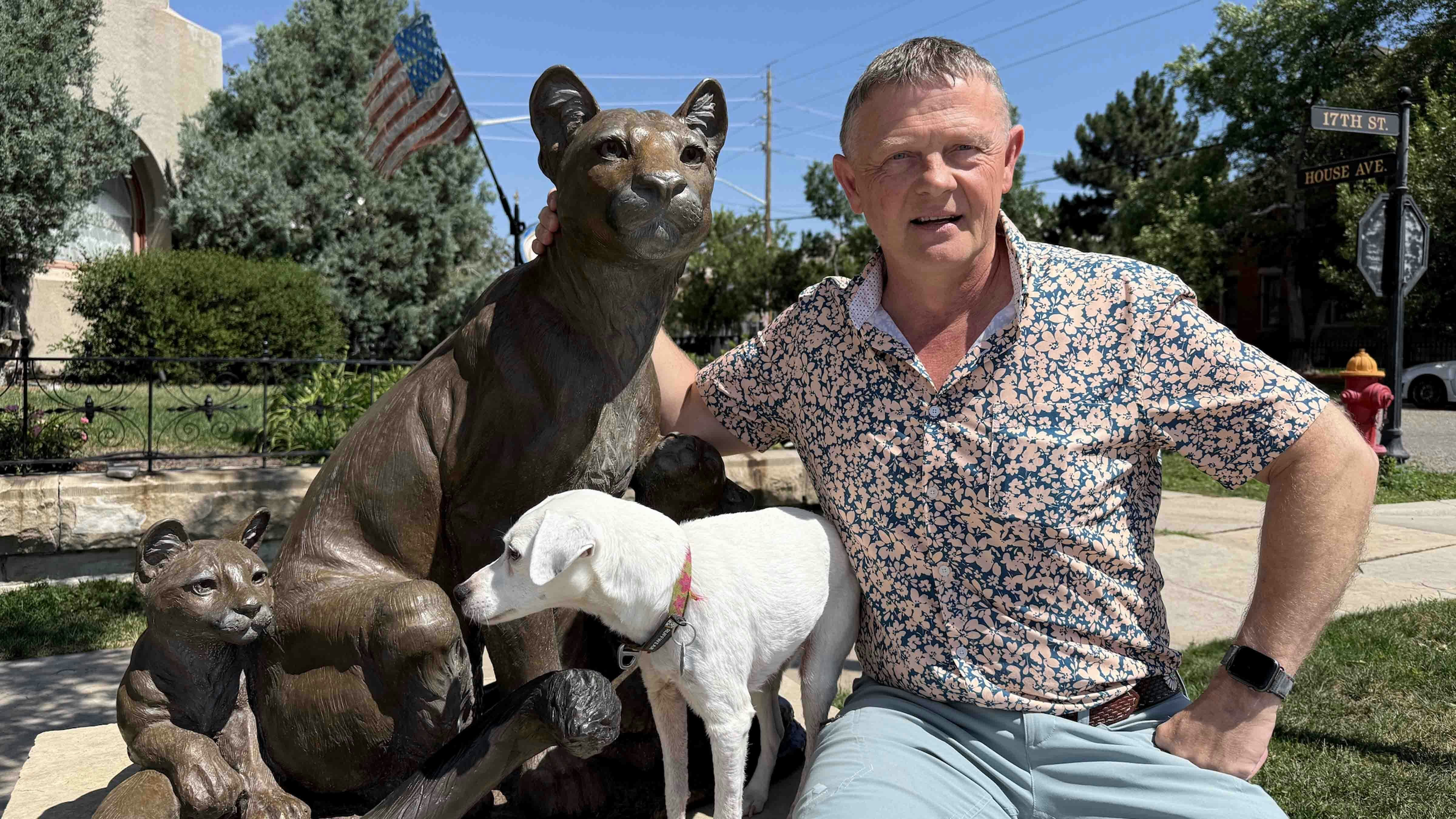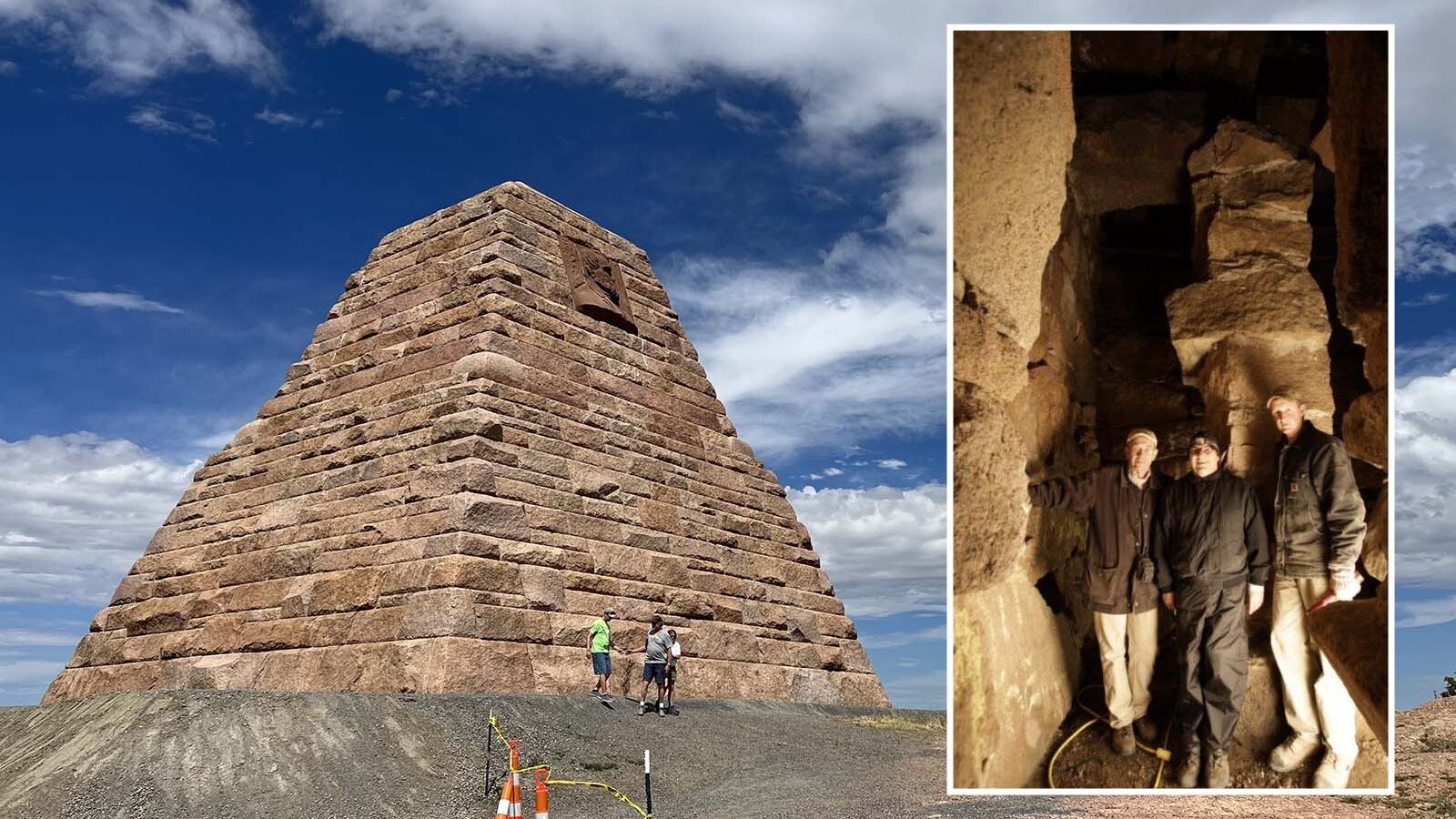Looking at the spectacular closeup shots Cheyenne astronomy buff and photographer Jan Curtis has taken recently of the moon, one could be forgiven for thinking that his equipment must have cost thousands and thousands of dollars.
The photos capture with crystal clarity all the craggy mountains and valleys of the moon, putting all her beautiful and silvery secrets on display. They’re like something taken by a NASA spacecraft’s flyby, or by some astronomer with an ungodly expensive telescope pointed at the heavens.
But Curtis’ setup didn’t cost anywhere near that much.
He took his fabulous photo with a Nikon Coolpix p950, a camera that’s readily available for between $250 for a used camera on up to maybe $800 if you must have a new model from a retail store.
With the Coolpix, Curtis didn’t even need a telescope to produce his closeup shot of the moon. He just used the camera’s ordinary zoom function and zeroed in on a shot that looks like money, even if, these days, it isn’t any more.
“You used to be able to make quite a bit of money with photography like this,” Curtis said. “But that’s hard to do these days. There are still some contests you can enter to make a little money.”
Curtis might not be able to make money with night-sky photography like he used to, but he’s glad that the night sky has finally been democratized. It’s no longer the province of those wealthy enough to afford expensive equipment and even more expensive telescopes.
Digital 35 mm cameras, smartphones and $400 GoPros have brought stunning photography of the heavens within reach of the masses — with just a little knowhow.

Snap And Dive
Curtis has made as much as $12,000 for a single photo, back in the day.
That particular money shot was an image of the northern lights while he was in Alaska, and its creation is a funny story actually.
Curtis was just outside of his home at the time, getting set to take pictures of the northern lights in what promised to be a fabulously clear sky.
“That street was usually deserted, nobody on it,” Curtis said. “So, I was standing in the street, getting ready.”
Next thing he knew, a water truck on a monthly delivery service run was bearing down on him with no headlights at all.
The driver had shut the lights off so he could see the northern lights. He had no idea Curtis was standing there at all.
Curtis heard the truck coming and snapped a quick photo before diving out of the way.
That snap and dive produced a shot that caught the attention of National Geographic. They put it across a two-page spread, and then it went out internationally in its magazine.
“I have copies of the magazine from all different countries like Japan and Norway and stuff like that,” he said. “So, it’s kind of fun.”
But had the water delivery truck been just two seconds earlier, Curtis would have missed his shot.
The Green Flash
Most of the time, Curtis doesn’t need any spy thriller-type moves to get a great photo, though he does have a superpower that gives him a big advantage over most other photographers.
He’s a retired meteorologist. That gives him a high level of expertise when it comes to predicting atmospheric conditions that are going to be best suited to a potentially fantastic photograph.
His gallery of images is filled with fabulous shots as a result, from halos, sundogs and meteor showers to the green flash phenomena that’s visible just after sunset or just before sunrise.
When the sun is hanging just below the horizon, just its upper edge visible, that upper rim looks green, or sometimes blue, in color.
“It only lasts a second or two, and it only happens if the atmosphere is just right,” Curtis said.
The sky has to be super clear, not a cloud on the horizon.
“If there’s even one cloud out there on the horizon, it will be a waste of time,” Curtis said. The cloud “just disrupts the optical atmosphere to the point you can’t get the effect.”
For that shot, Curtis uses a camera with a super telephoto lens that allows him to make the sun as large as the frame of the image.
Over the years, Curtis has given many of his photographs away to agencies like NASA, which use them in educational programs.
He’s proud to be part of an effort that’s ensuring people, especially children, are excited about science and involved in nature.
“Photography is an art form as much as a science, and the creativity that people get from it, you can see why it becomes a devoted hobby,” Curtis said. “And sometimes, you make a little bit of money off of it, which helps.”
Taking Pictures In His Sleep
While he has lots of digital cameras — seven or so in all — none of them are very expensive and nothing beats the convenience of smartphones and GoPro cameras. Curtis estimates 80% of his photographs are taken with those.
The GoPro is particularly cool for what he likes to do.
“They’re not very expensive, usually under $40 each,” he said. “And they’re waterproof.”
That means one can be set up in advance of a blizzard and still take cool photographs of the oncoming storm.
There are apps, meanwhile, that can be used to set up a lightning strike triggered photo, useful also for things like taking pictures of fireworks.
GoPros are also a mighty convenient way to take photos of the night sky — while in bed sound asleep.
That’s right, sometimes Curtis is not even awake while photographs are magically being taken by an artfully set GoPro.
That sleep photography technique netted Curtis a once-in-a-lifetime shot of a fireball going by not too long ago. The fireball was a few-second blip in the night sky, with a visible trail of smoke.
What Curtis did was set up his GoPro outside using a vise-grip to keep it stable and firmly pointed at the night sky. Then he programmed the GoPro to take a new picture every 5 seconds, throughout the night.
The next day, he scanned all those images taken overnight, and bingo. There was an extremely rare fireball, with a phenomenal trail of smoke.
With a little bit of photo-editing, and by stacking multiple images, Curtis was able to create a stunning composite of the whole event.
Curtis has copies of the shots other amateur astronomers captured of the same event, but his shot is sharper and clearer. It’s also in three-dimensional color, making it a clear winner.
Curtis estimates he takes about 1 million night sky photographs in a year’s time, and keeps just 1% or so of them.
“That’s still about 5,000 photographs,” he said, laughing and shaking his head a little bit at himself.
But he has no intention of ever stopping his lifetime hobby, even if he’s retired. It’s something he can always do from home.
He does, however, have a photography trip coming up that he’s really excited about. He’s booked a stay in Texas where he hopes to get pictures of the upcoming total eclipse of the sun.
“I expect that will be my last (eclipse),” he said. “We’ll see.”
Curtis will take all of his cameras, each with a different setting to take an entirely different type of picture of the event.
The one he’s really relying on though?
It’s that less-than-$1,000 Nikon Coolpix that took the money shot of the moon. With its zoom capability, he’s betting that will be the one to take a stellar photo of a stellar event.
Renée Jean can be reached at renee@cowboystatedaily.com.























